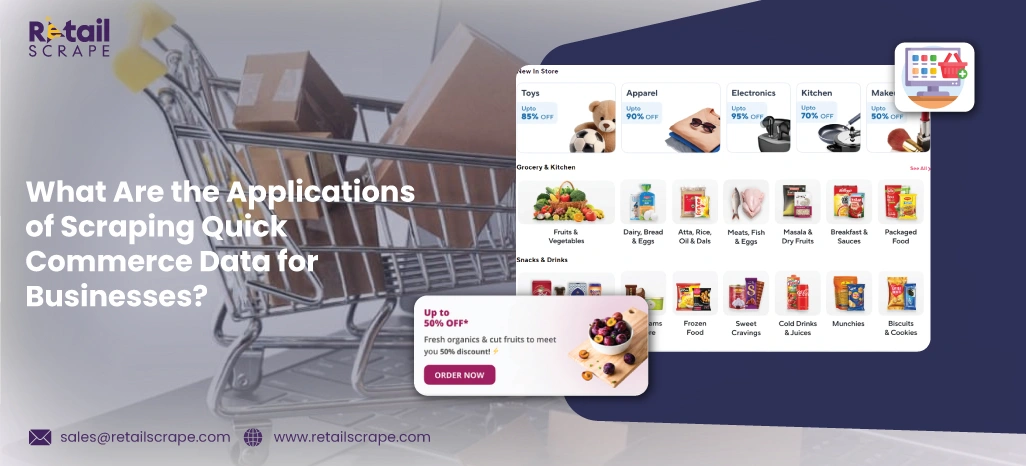
Quick commerce has emerged as a game-changing sector, meeting the growing demand for fast and efficient daily essentials delivery. Giants like Blinkit, Instamart, and Zepto are transforming the retail landscape, making speed and convenience the norm. However, thriving in this competitive space requires businesses to effectively leverage insights by scraping quick commerce data.
Companies can optimize their strategies and stay ahead by analyzing consumer preferences, inventory trends, and delivery performance. Many quick delivery services provide APIs, enabling businesses to collect and utilize real-time data to refine operations, predict demand, and enhance customer satisfaction.
This article explores the importance of monitoring quick commerce data, its numerous applications, and strategies to harness its potential. Whether for tracking product trends, improving logistics, or tailoring marketing campaigns, data-driven decisions are central to the success of quick commerce in a rapidly evolving retail environment.
Understanding Quick Commerce and Its Data Ecosystem

Quick commerce, or Q-commerce, prioritizes delivering products within 10 to 30 minutes, offering unparalleled speed and convenience. The success of this model relies heavily on real-time data availability, which powers seamless operations. This includes insights into inventory levels, delivery times, customer preferences, and evolving market trends.
By leveraging tools to scrape quick commerce platforms, businesses can monitor this data effectively, uncovering opportunities, resolving inefficiencies, and forecasting consumer behavior. This ensures the consistent fulfillment of the quick commerce promise.
Why Data Monitoring Matters in Quick Commerce?
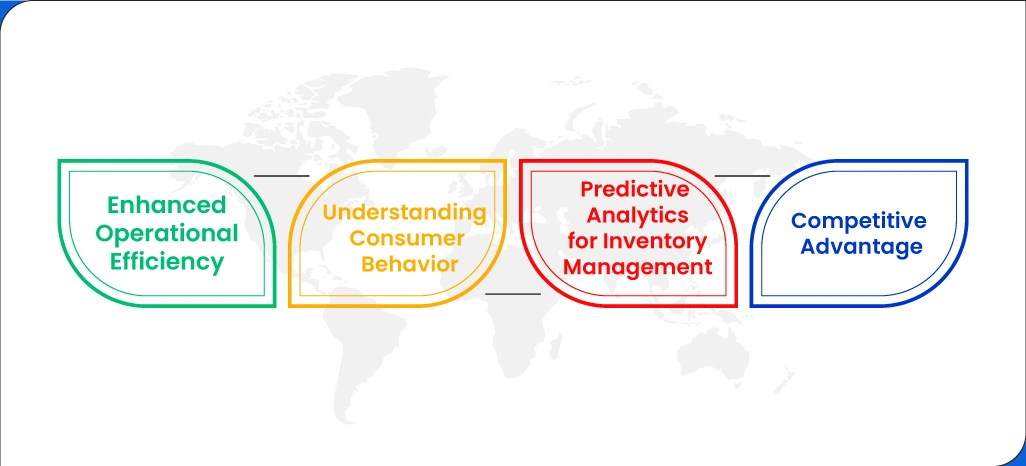
Quick commerce operates in a fast-paced environment where decisions must be made instantly. Here’s why data monitoring is essential:
- Enhanced Operational Efficiency: Monitoring real-time data helps streamline logistics, reduce delivery times, and maintain inventory accuracy. It also ensures that customers receive their orders promptly and without errors.
- Understanding Consumer Behavior: Data monitoring reveals insights into what products are in demand when purchased and which regions have higher consumption rates. This information enables businesses to tailor their strategies.
- Predictive Analytics for Inventory Management: Using historical data and real-time trends, predictive analytics can forecast demand for specific products, preventing overstocking or stockouts.
- Competitive Advantage: Data monitoring allows businesses to analyze competitors’ strategies, identify gaps in the market, and adapt quickly to stay ahead.
Key Metrics to Monitor in Quick Commerce
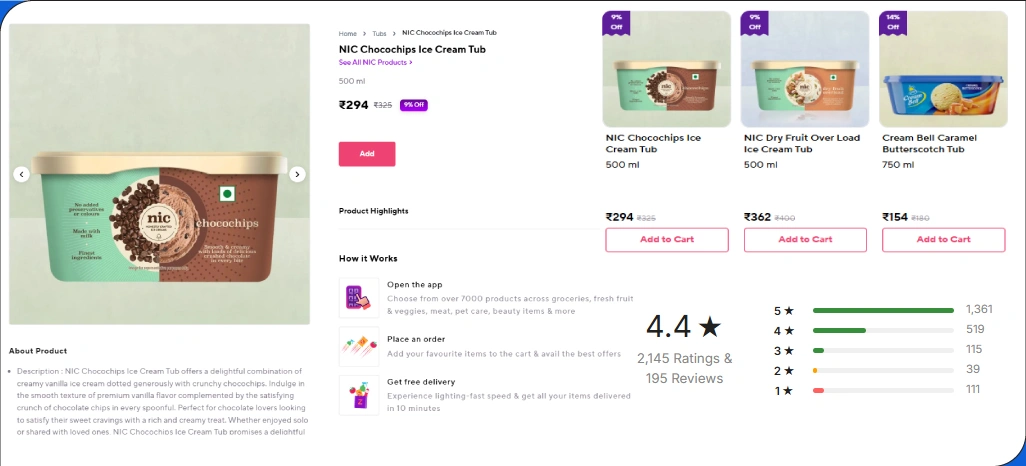
To unlock the full potential of quick commerce data monitoring, it’s vital to focus on specific metrics:
- Order Fulfillment Rates: Measure how efficiently orders are processed and delivered.
- Customer Retention Rates: Understand how many repeat customers the platform attracts.
- Product Popularity Trends: Identify which items are in high demand.
- Delivery Time Efficiency: Track the average delivery time to reach customers.
- Customer Feedback and Ratings: Analyze reviews to address pain points and improve services.
Applications of Quick Commerce Data Monitoring
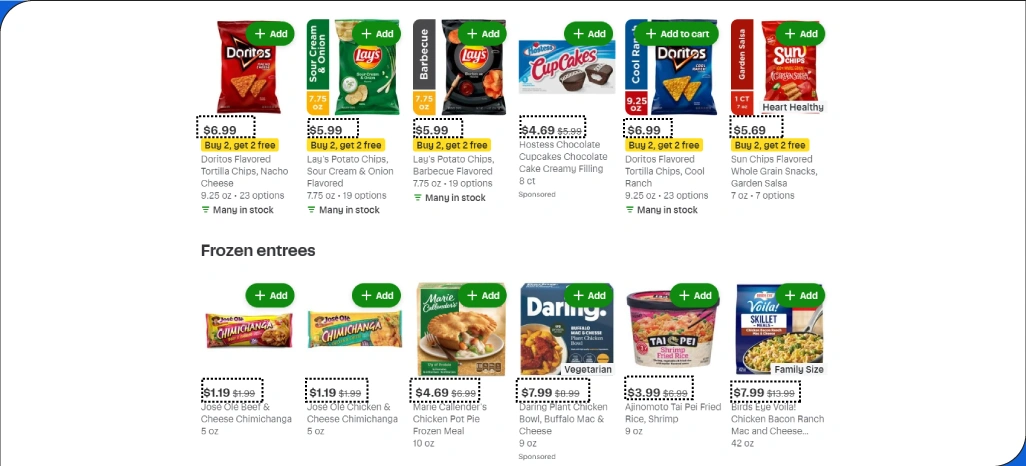
- Optimizing Delivery Networks: Real-time data monitoring enables businesses to optimize delivery routes and reduce time wastage. Quick commerce platforms can enhance their last-mile delivery efficiency by analyzing traffic patterns, weather conditions, and peak order times.
- Personalized Marketing Campaigns: Data monitoring provides insights into individual customer preferences, enabling businesses to design targeted promotions. For instance, discounts on frequently purchased items can increase sales and customer loyalty.
- Dynamic Pricing Models: Data monitoring helps businesses implement dynamic pricing strategies. Analyzing supply and demand trends allows platforms to adjust prices, maximizing profits during peak hours or for high-demand products.
- Inventory Management and Stock Replenishment: Monitoring inventory levels in real time ensures that popular items are always in stock. Predictive analytics derived from historical data can signal when to restock specific items, reducing wastage and optimizing warehouse management.
- Expanding Market Reach: Quick commerce platforms can identify potential markets for expansion by analyzing data from Tier 1 and Tier 2 cities. Monitoring consumer behavior in different regions helps tailor offerings to new demographics.
Challenges in Quick Commerce Data Monitoring
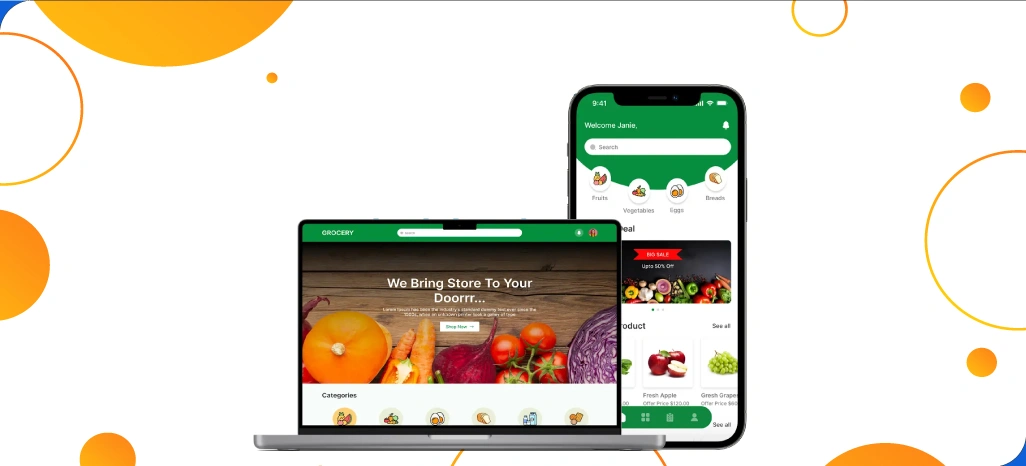
While the benefits are immense, businesses face several challenges in data monitoring:
- Data Overload
- Integration of Multiple Data Sources
- Ensuring Data Accuracy
- Data Security and Privacy
The sheer volume of data generated in quick commerce can overwhelm businesses if not managed effectively.
Consolidating data from various platforms, such as mobile apps, websites, and delivery systems, requires robust integration capabilities.
Inaccurate or outdated data can lead to poor decision-making, inefficiencies, and customer dissatisfaction.
Handling sensitive customer data requires stringent security measures to prevent breaches and maintain compliance with regulations.
Strategies for Effective Data Monitoring
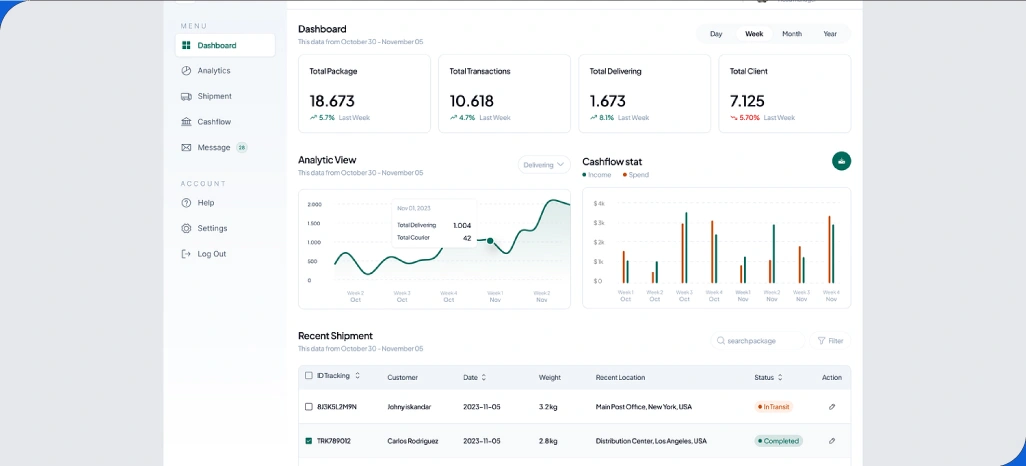
Invest in Advanced Analytics Tools
Utilizing advanced analytics platforms equipped with machine learning and AI capabilities can process large datasets efficiently and provide actionable insights.
Leverage Real-Time Dashboards
Real-time dashboards allow businesses to monitor key metrics at a glance, enabling quick responses to emerging trends or operational issues.
Adopt Cloud-Based Solutions
Cloud technology offers scalability and flexibility for data storage and processing, making managing the growing volume of quick commerce data easier.
Ensure Cross-Departmental Collaboration
Fostering collaboration among departments such as logistics, marketing, and customer support is essential for effective data monitoring.
Prioritize Data Security
Implement encryption, access controls, and regular audits to protect sensitive information and ensure compliance with data privacy regulations.
Real-Life Success Stories
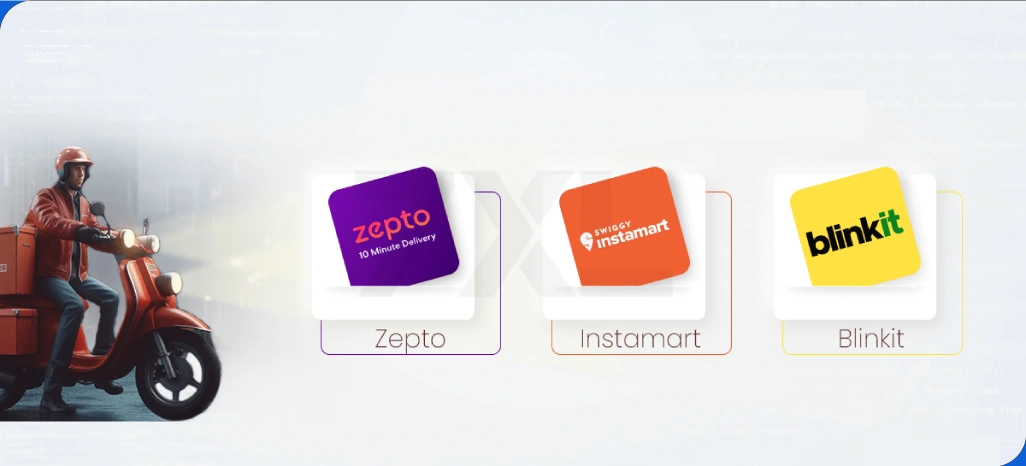
Zepto: Mastering Hyperlocal Deliveries
Zepto, a leader in quick commerce, leverages data monitoring to refine its hyperlocal delivery model. By analyzing real-time traffic data and consumer preferences, Zepto ensures customers receive their orders within minutes, achieving high satisfaction rates.
Instamart: Driving Customer Retention
Instamart, Swiggy’s quick commerce platform, uses data to identify frequently purchased items and create personalized offers. This approach has helped retain customers and boost order values.
Blinkit: Revolutionizing Inventory Management
Blinkit (formerly Grofers) uses predictive analytics to manage its inventory effectively, ensuring that high-demand products are always in stock. Blinkit has successfully optimized its warehouse operations and minimized wastage by monitoring data trends.
The Future of Quick Commerce Data Monitoring

The quick commerce industry is set to grow exponentially, with advanced data monitoring at its core. Emerging technologies such as AI, IoT, and blockchain are expected to significantly enhance data collection, analysis, and utilization. Businesses that adopt these innovations will be better positioned to thrive in an increasingly competitive market.
- AI and Machine Learning Integration: AI-powered algorithms will enable businesses to predict customer behavior more accurately, leading to more precise inventory management and personalized marketing.
- IoT for Real-Time Tracking: IoT devices, such as smart sensors in delivery vehicles, will provide real-time updates on order status, helping optimize logistics and improve customer satisfaction.
- Blockchain for Data Security: Blockchain technology will ensure secure and transparent data sharing among stakeholders, addressing data privacy and accuracy concerns.
Conclusion
Quick commerce data monitoring is revolutionizing how businesses thrive in this fast-moving industry. By leveraging quick commerce scraping, companies can optimize operations, enhance customer experiences, and gain a competitive edge. Scraping quick commerce data includes analyzing consumer behavior, managing inventory efficiently, and refining delivery networks to meet demand seamlessly.
As the quick commerce sector expands, investing in the right tools, technologies, and strategies is imperative for unlocking its full potential. Businesses that embrace data-driven approaches can drive growth, foster innovation, and achieve sustainable success in a market poised for continuous evolution.
Transform your retail operations with Retail Scrape Company’s data-driven solutions. Harness real-time data scraping to understand consumer behavior, fine-tune pricing strategies, and outpace competitors. Our services offer comprehensive pricing optimization and strategic decision support. Elevate your business today and unlock maximum profitability. Reach out to us now to revolutionize your retail operations!


